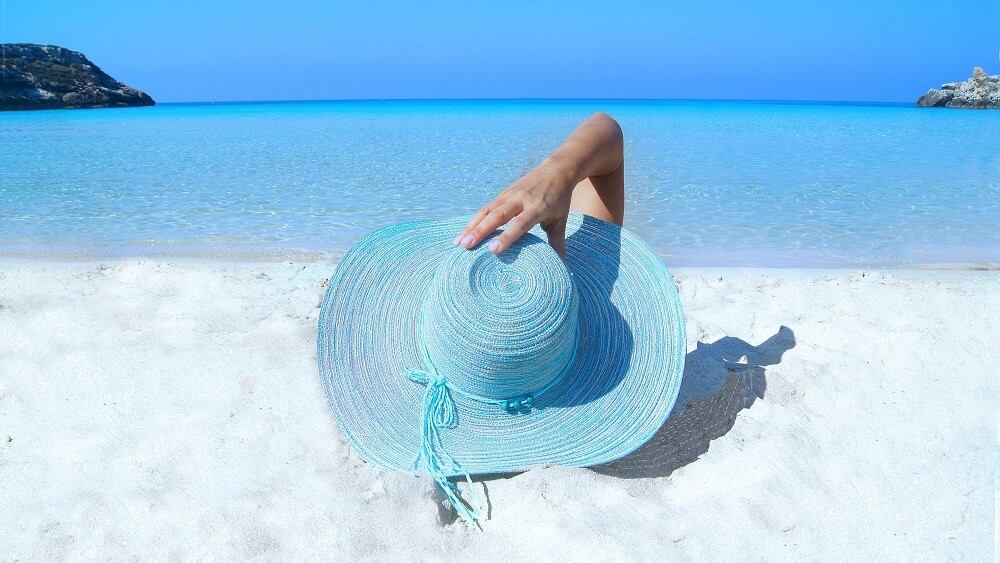According to the company’s Biological Science Research Division, the new evaluation method can assess skin damage one to three minutes after ultraviolet (UV) exposure.
Previously, UV damage was measured by assessing skin redness, or erythema, about a day after exposure to UV radiation.
“This novel method has the potential to become an advanced tool for detecting unintended skin damage and ultimately for developing more efficient technologies to protect the skin against UV,” said the company in a statement.
This research was first presented in April at the 9th Biennial Meeting of the Society for Free Radical Research-Asia in Kyoto, Japan.
Improved method
The company believes measuring erythema a day after UV exposure has its limitation.
Mainly, its researchers believe the conventional evaluation method is insufficient in identifying other forms of damage that cannot be seen with the naked eye.
According to Kao, UV exposure generates a reactive oxygen species (ROS) that leads to the oxidation of biological components in the skin.
This led the researchers to wonder if the level of ROS-induced lipid peroxidation could be detected and they pinpointed biphotons as a potential marker.
While biophoton signals can be observed up to a few minutes after UV exposure, most signals disappear within the first minute.
However, researchers observed that biophotons related to lipid peroxides were emitted from one to three minutes after UV exposure.
Additionally, the study discovered that this longer-lasting biophoton emission strongly correlates with changes in skin redness.
Upon further study, biophoton signals were found to be produced even when redness is not detected on the skin.
This finding has led Kao researchers to believe that the new evaluation method will be more sensitive to the detection of invisible skin damage.
Kao is the maker of Biore, one of the leading sunscreen brands in Asia.
According to the company, UV exposure is the leading cause of damage. Not only does it cause visible damage like sunburns and it also accelerates symptoms of skin ageing such as spots, wrinkles and sagging.
With more understanding of the hidden damage UV exposure can cause skin, the company believes the new evaluation method can help it to develop new technology to more thoroughly protect skin from the impacts of photo-ageing.


